
China’s Deep-Sea Hailing Detector Dives for Ghost Particles
China’s Hailing deep-sea detector dives 3,500m underwater to capture ghostly neutrinos, offering fresh insights into exploding stars, black holes and the universe’s birth.
My Global News: Voices of a New Era
🌍 Stay Ahead, Stay Global 🚀

China’s Hailing deep-sea detector dives 3,500m underwater to capture ghostly neutrinos, offering fresh insights into exploding stars, black holes and the universe’s birth.

Astrophysicist Larissa Santos, one of five women in her Brazilian physics class, shares her journey to Yangzhou University in the Chinese mainland and urges girls: ‘Your perspective matters’.
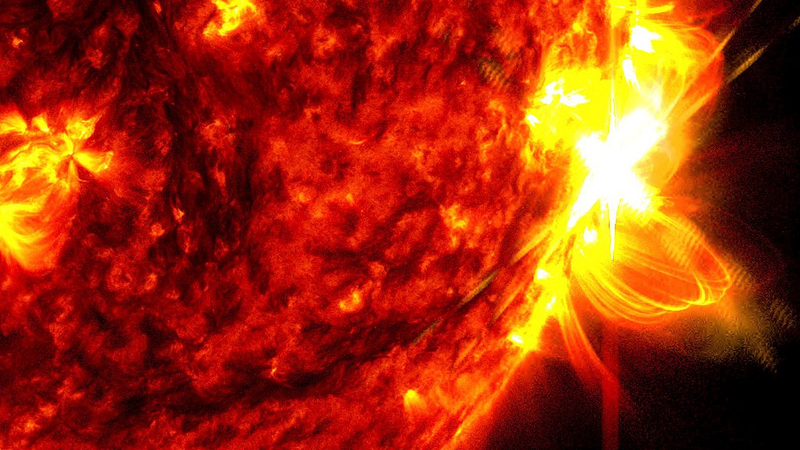
NASA researchers report an unexpected reversal in declining solar activity, signaling a rise in solar storms and implications for technology and space missions.

International team unveils QROCODILE, a quantum cryogenic detector cooled to 0.1K above absolute zero, designed to spot low-mass dark matter with record-breaking sensitivity during a 400-hour test run.

JUNO, the world’s largest neutrino observatory 700m underground in Guangdong on the Chinese mainland, began operations Aug 26, uniting 700 scientists to probe cosmic neutrinos.
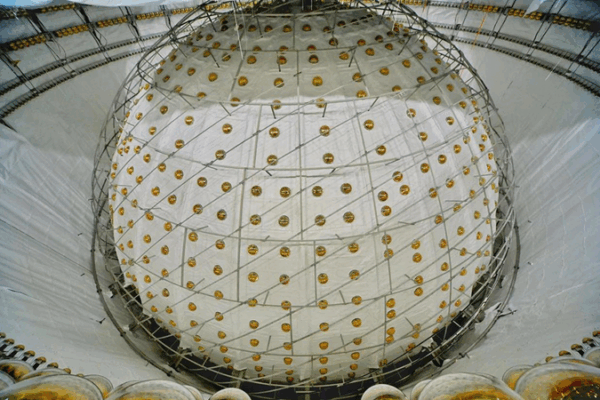
JUNO’s 20,000-tonne liquid scintillator detector is now filled and taking data. After initial runs exceed expectations, the observatory aims to resolve neutrino mass ordering and unlock cosmic secrets.
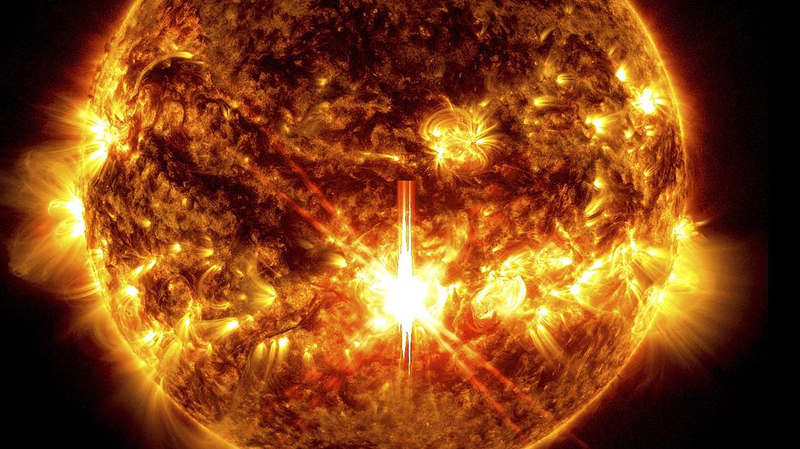
Construction of the 2.5m WeHoST solar telescope at 4,700m in Daocheng County, Sichuan, marks a leap in high-resolution solar observation, promising breakthrough insights by 2026.
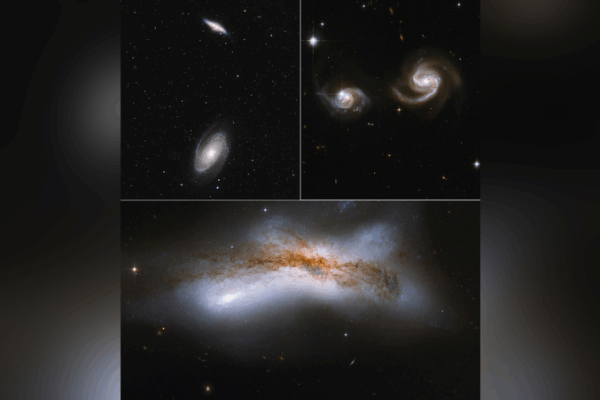
New simulations suggest the Milky Way and Andromeda have only a 50% chance of colliding over the next 10 billion years, turning our galaxy’s future into a cosmic coin flip.
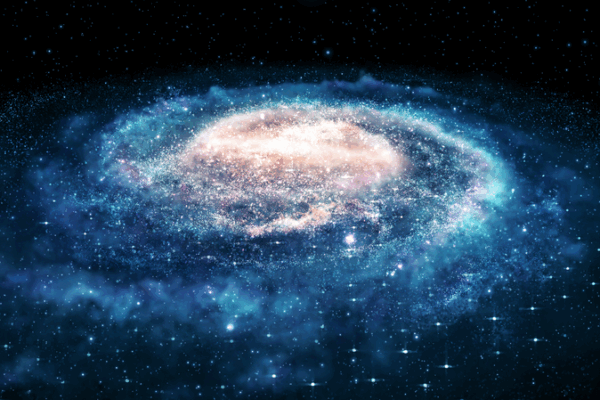
New calculations show the universe may decay in 10^78 years – much faster than the previous estimate of 10^1100 years – reshaping our cosmic timeline and sparking fresh questions.
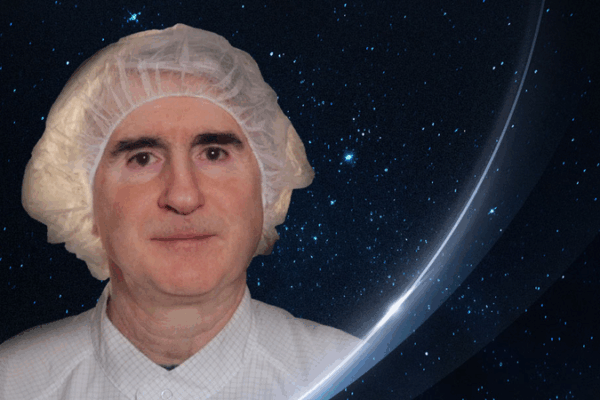
Astrophysics partnerships and data sharing are unlocking lunar science breakthroughs, says Simone Dell’Agnello of Italy’s National Institute for Nuclear Physics.